10 Signs Your Dog Is Unhappy and How You’re Contributing
Dogs express unhappiness through subtle behaviors that often go unnoticed. Whether it’s due to unmet needs, inconsistent routines, or unintentional actions, their signals reveal when something is wrong. Recognizing these signs and understanding how you may be contributing allows you to improve your dog’s emotional well-being. Look for the following signs to find out if your dog is unhappy and what you can do to fix it.
Reduced Interest in Play

Credit: Wikimedia Commons
If your dog shows little enthusiasm for their favorite toys or activities, they might be unhappy. A lack of mental or physical stimulation can cause this behavior. Ensuring regular playtime and engaging activities like fetch or puzzle games keeps your dog mentally and physically content.
Avoiding Eye Contact

Credit: flickr
When dogs avoid looking at you, it may indicate discomfort or stress. Harsh scolding or inconsistent behavior from you can erode their trust. Maintaining a calm demeanor and rewarding positive interactions rebuild your bond and help your dog feel secure.
Excessive Sleeping or Lethargy

Credit: pexels
Dogs who sleep more than usual or seem constantly tired might be emotionally unfulfilled. This behavior can stem from boredom or neglect. Introducing a structured daily routine with exercise, play, and affection helps re-energize your dog and boost their mood.
Pacing or Restlessness

Credit: flickr
Constant pacing or difficulty settling often signals unease or anxiety. Changes in your behavior, such as an unpredictable schedule or lack of attention, may contribute. Providing a consistent routine and creating a safe, quiet space allows your dog to relax and feel at ease.
Overeating or Loss of Appetite

Credit: flickr
A sudden change in eating habits, like overeating or refusing food, can reflect unhappiness. Stress from loud environments, inconsistent feeding schedules, or limited social interaction might be to blame. Offering meals in a calm setting and sticking to a routine encourages healthier eating behaviors.
Destructive Behavior
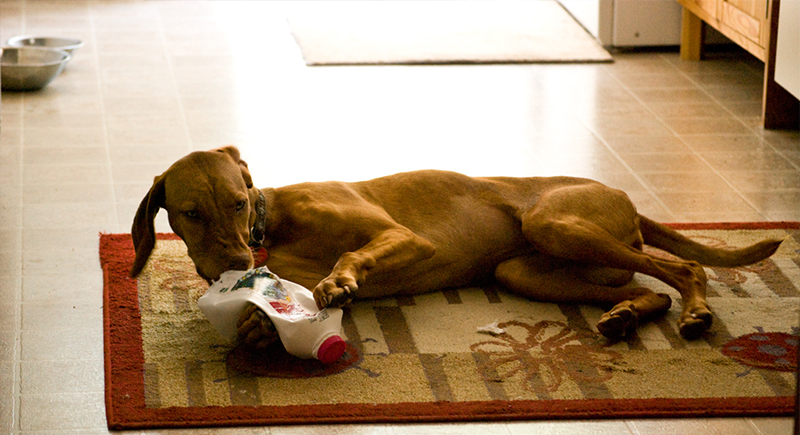
Credit: flickr
Chewing furniture, ripping pillows, or other destructive actions often arise from frustration or boredom. Long periods of isolation or insufficient exercise might be factors. Providing chew toys, regular exercise, and mental challenges prevents boredom and redirects your dog’s energy positively.
Aggression or Irritability

Credit: pexels
Growling, snapping, or sudden irritability toward people or other pets can indicate distress. Your actions, like harsh discipline or overcrowded living spaces, may increase these reactions. Using positive reinforcement and giving your dog space when they’re overwhelmed helps manage aggression.
Excessive Barking or Whining
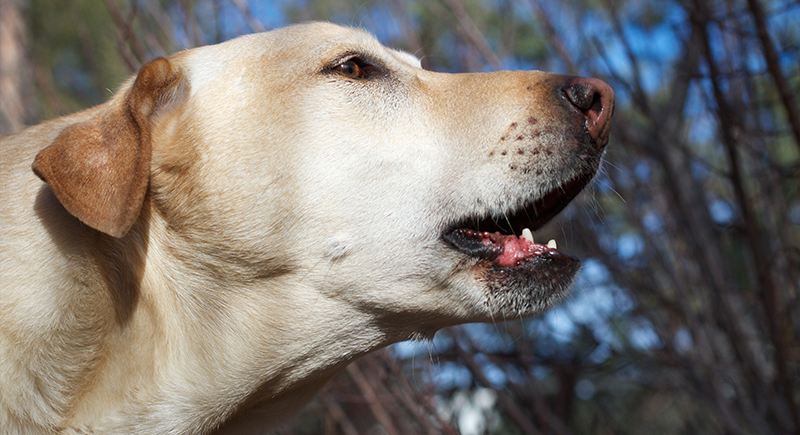
Credit: Wikimedia Commons
Frequent barking or whining often signals unmet needs, such as hunger, boredom, or anxiety. Ignoring these cues can worsen their distress. Pay attention to what triggers this behavior and address it with appropriate solutions, like feeding on time or providing calming activities.
Tucked Tail or Flattened Ears

Credit: Wikimedia Commons
A tucked tail or pinned-back ears show fear or insecurity. Unintentionally exposing your dog to frightening situations, like loud noises or rough handling, can cause this reaction. Creating a safe, comfortable environment and reassuring them during stressful moments builds their confidence.
Avoiding Touch or Hiding
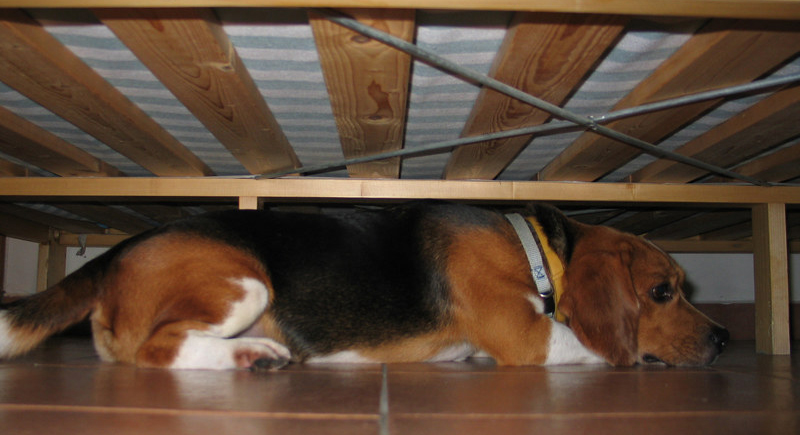
Credit: flickr
If your dog withdraws from cuddles or hides in corners, they might feel unsafe or overwhelmed. Unintended rough handling or neglect may contribute to this behavior. Gently respecting their boundaries and approaching them calmly helps rebuild trust and restore their comfort with affection.
Excessive Grooming or Licking

Credit: flickr
Frequent licking or grooming can indicate stress or frustration. Overstimulating environments or lack of attention may play a role. Reducing loud noises and spending more one-on-one time with your dog help alleviate this repetitive behavior and improve their emotional balance.
Loss of Interest in Walks
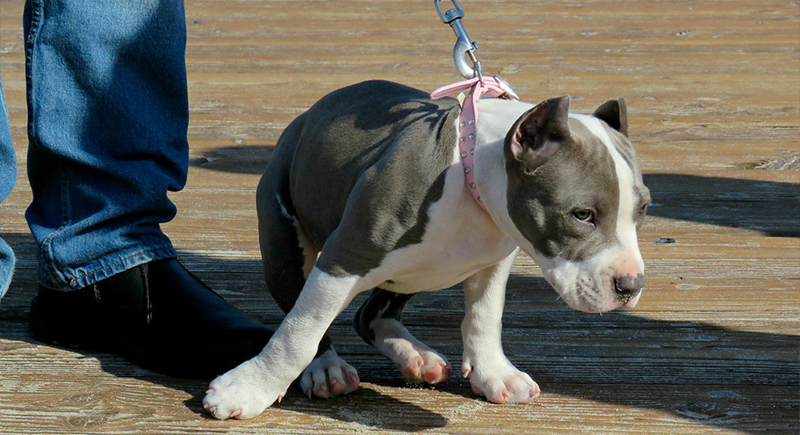
Credit: flickr
Dogs who hesitate or refuse to go on walks might feel insecure or anxious. Unpleasant leash handling or overly long, unstructured walks may contribute to this behavior. Shorter, more engaging walks with positive reinforcement encourage enthusiasm and rebuild their confidence.
Ignoring Commands

Credit: flickr
When your dog suddenly ignores commands they previously followed, they might feel stressed or disengaged. Inconsistent training or lack of positive feedback from you can be factors. Regular training refreshers with praise and rewards reinforce commands and rebuild responsiveness.
Frequent Yawning or Lip Licking

Credit: flickr
Yawning or licking lips in non-feeding situations often signals anxiety. These calming signals indicate that your dog is trying to cope with stress. Addressing the cause, such as chaotic environments or harsh tones, and providing a calmer setting helps reduce their anxiety.
Hyperactivity or Zoomies at Odd Times

Credit: pexels
Excessive bursts of energy, especially late at night, often reflect unspent energy or overstimulation. Neglecting daily exercise or exciting your dog too close to bedtime might be contributing. Balanced physical activity during the day and a calm evening routine help reduce hyperactivity and ensure restful nights.
Potty Accidents Indoors
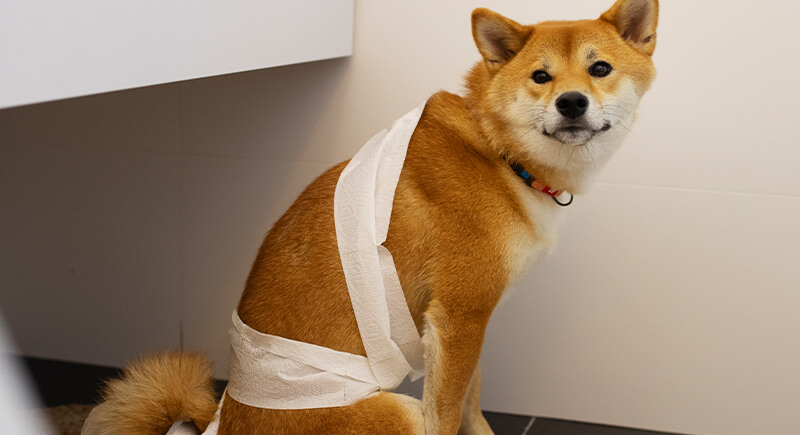
Credit: freepik
Frequent potty accidents indoors may indicate stress, medical issues, or confusion about house rules. Sudden changes in your routine, inconsistent training, or not giving your dog enough bathroom breaks can contribute to the problem. Unfortunately, punishing such accidents may increase anxiety rather than resolve the issue. Instead, reinforce good habits with praise, maintain a regular schedule, and ensure your dog has ample opportunities to go outside. Addressing potential stressors and providing clear, positive guidance can help prevent similar mistakes in the future.
Excessive Panting Without Exercise

Credit: pexels
Excessive panting without exercise can signal stress, discomfort, or an underlying health issue. Sudden environmental changes, lack of proper hydration, or your own anxious energy may contribute to your dog’s distress. Ignoring this behavior or assuming it’s normal could cause the issue to worsen. Instead, ensure your dog has a cool, comfortable space, fresh water, and a calm atmosphere. If panting persists despite rest, consult a veterinarian to rule out medical concerns and help your dog feel more secure and at ease.